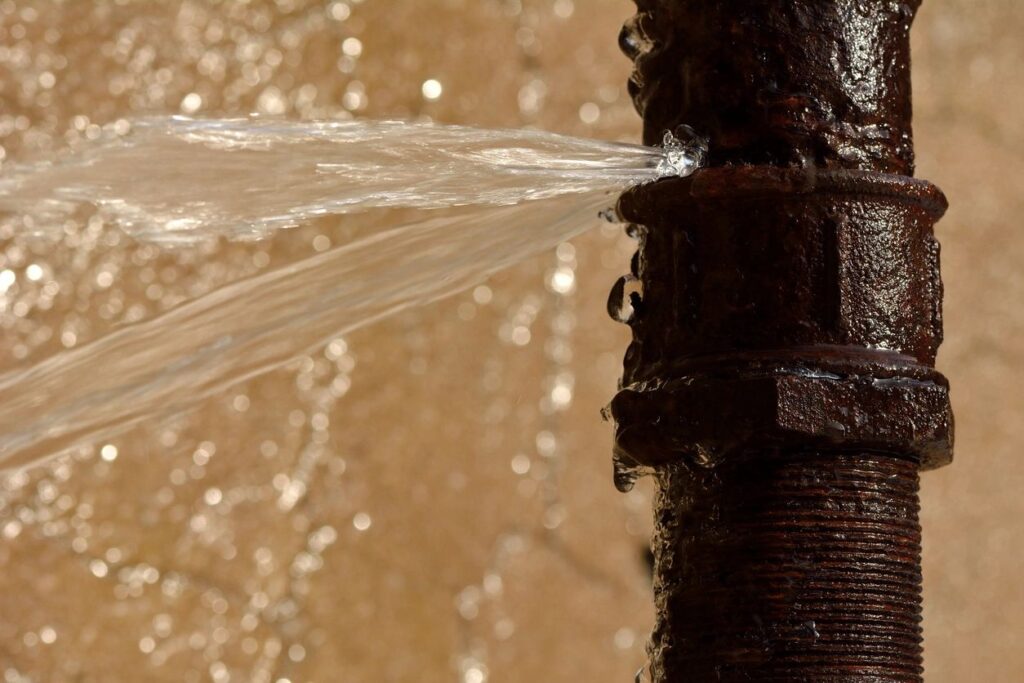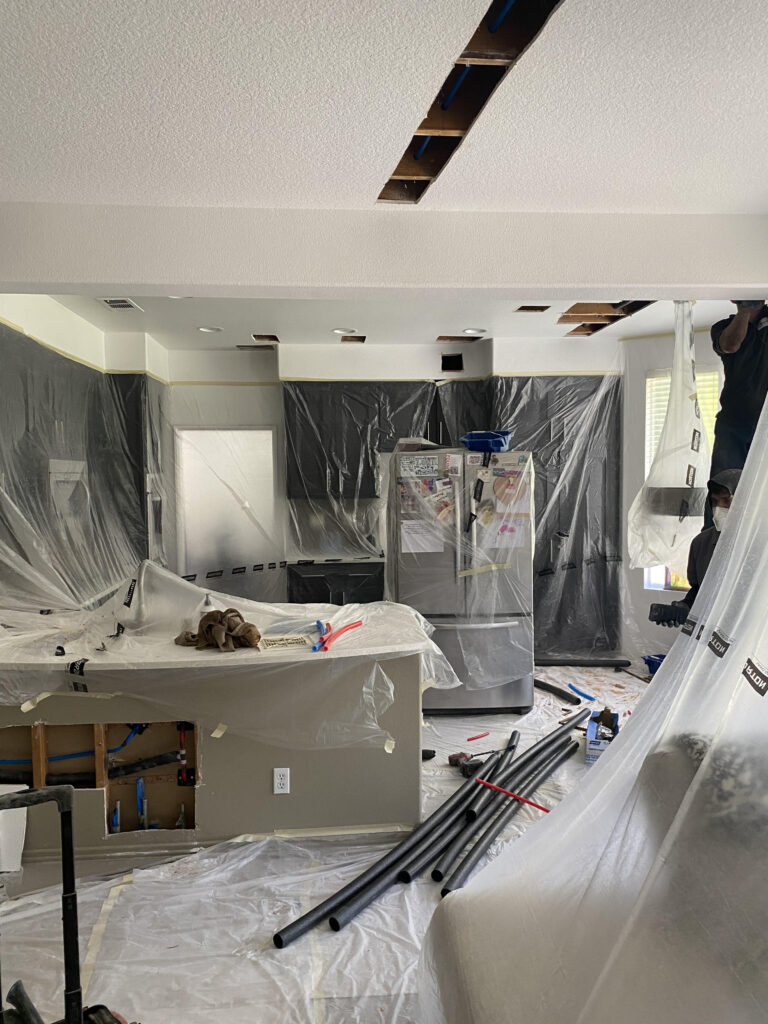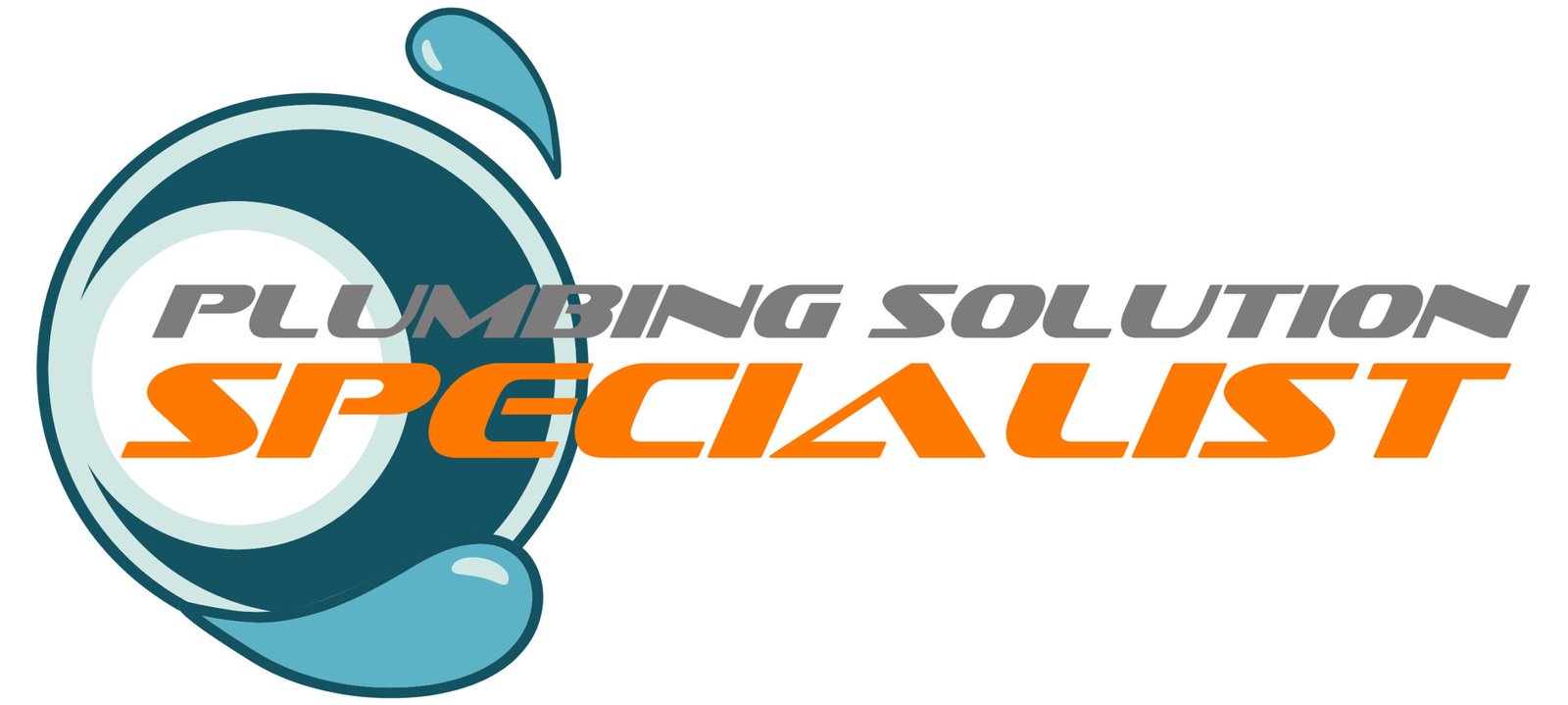Emergency Plumbing in Santa Ana, California: What to Do When Disaster Strikes

Ah, the sweet taste of panic that comes with a burst pipe or overflowing toilet – it’s a rite of passage, really. But don’t worry, you’re not alone in this mess (literally). When disaster strikes, it’s imperative to keep your wits about you and take swift action to minimize damage. Whether you’re dealing with emergency plumbing in Santa Ana, California, or any other location, the first critical step is always the same: shutting off the main water supply. From there, finding a trustworthy plumber in Santa Ana can make all the difference. With the right help, you’ll be back to your normal routine in no time. Well, maybe not exactly “no time,” but at least you won’t be wading through a sea of sewage. Key Takeaways: Act Fast: In the event of an emergency plumbing issue, it’s crucial to act quickly to minimize damage and prevent further complications. This includes turning off the main water supply, identifying the source of the problem, and calling a professional plumber as soon as possible. Know Your Shut-Off Valves: Being familiar with the location of your shut-off valves can save you time and trouble in an emergency. Make sure you know where they are and how to operate them to turn off the water supply to specific areas of your home. Be Prepared: Having a plan in place and being prepared for emergency plumbing situations can help reduce stress and financial losses. This includes having a list of trusted plumbers, knowing your insurance coverage, and keeping crucial tools and equipment on hand. Identifying Common Plumbing Emergencies Before you can tackle an emergency plumbing situation, you need to be able to identify the problem. And trust us, you don’t want to wait until it’s too late. A delayed response can lead to catastrophic consequences, including property damage, mold growth, and even health risks. Leaks and Water Damage Any signs of water seepage or staining on your walls or ceiling should raise a red flag. Leaks can be silent killers, causing extensive damage before you even notice them. Keep an eye out for warping, buckling, or discoloration on your floors, and don’t ignore that musty smell – it could be a sign of hidden water damage. Clogged Drains and Toilets Drains that refuse to drain or toilets that won’t flush are more than just an inconvenience – they’re a breeding ground for bacteria and germs. A clogged toilet can overflow at any moment, unleashing a torrent of sewage into your home. For instance, if you notice your sink or shower draining slowly, it may be a sign of a larger issue. Hair, soap scum, and grease can accumulate in your pipes, causing a blockage that can lead to a major backup. Don’t wait until it’s too late – address the problem before it becomes a full-blown emergency. Preparing for the Worst While it’s impossible to predict when a plumbing disaster will strike, being prepared can make all the difference. By taking a few simple steps, you can minimize damage and reduce stress when faced with a plumbing emergency. Creating an Emergency Kit With a few vital tools and supplies at your fingertips, you’ll be better equipped to handle a plumbing crisis. Your emergency kit should include a plunger, wrench, and bucket, as well as a list of emergency contact numbers, including your plumber’s phone number. Knowing Your Shut-Off Valves For your own safety and peace of mind, it’s crucial to know where your shut-off valves are located and how to use them. These valves can help prevent further damage by stopping the flow of water in case of a burst pipe or other emergency. For instance, knowing how to shut off the main water supply valve can save you from a flood of epic proportions. Take some time to familiarize yourself with your home’s plumbing system and locate the shut-off valves for each fixture. It’s also a good idea to label them clearly, so you can easily find them in an emergency. By doing so, you’ll be able to respond quickly and confidently, reducing the risk of further damage and costly repairs. When Disaster Strikes Many homeowners have experienced the panic and chaos that comes with a sudden plumbing emergency. Whether it’s a burst pipe, overflowing toilet, or clogged drain, these unexpected events can cause significant stress and damage to your property. But don’t worry, with the right knowledge and quick thinking, you can minimize the damage and get your life back to normal. Stopping the Leak One of the most critical steps in emergency plumbing is stopping the leak. Locate the shut-off valves for the affected fixture or main water supply and turn them clockwise to shut off the water flow. This will prevent further damage and give you time to assess the situation. Containing the Damage When dealing with a plumbing emergency, it’s necessary to contain the damage to prevent water from spreading to other areas of your home. Move any valuable items away from the affected area, and use towels or mops to soak up as much water as possible. Another crucial step in containing the damage is to identify and isolate the source of the leak. Check for signs of water damage, such as warping or discoloration, to determine the extent of the problem. Be careful not to touch any electrical outlets or appliances that may have come into contact with water, as this can be extremely dangerous. By containing the damage quickly, you can prevent further destruction and reduce the cost of repairs. The Importance of a Reliable Plumber After all, when disaster strikes, you don’t want to be stuck scrambling to find a trustworthy plumber. That’s why having a reliable plumber on speed dial is crucial. Check out this Emergency Plumbing Services from Plumbing Solution Specialist to learn more about plumbing emergencies. A good plumber can mean the difference between a minor setback and a major catastrophe. Why You Need a Pro on Speed Dial On top of the
Emergency Repiping – How To Act Fast And Save Your Home From Disaster

Just discovered a burst pipe? Don’t panic, as acting fast can save your home from disaster. In this guide, you will learn how to quickly assess the situation, shut off the water supply, and contact a professional for emergency repiping to prevent further damage. By following these steps, you can protect your home and belongings from costly repairs and extensive damage. Key Takeaways: Act fast: When dealing with emergency repiping, acting swiftly is crucial to prevent further damage to your home. Contact professionals: It is imperative to contact experienced professionals to carry out the repiping effectively and efficiently. Prepare for the unexpected: Always have a plan in place for emergency repiping situations to minimize the impact on your home. Understanding the Urgency of Emergency Repiping Recognizing the Signs of a Plumbing Emergency Your plumbing is an important component of your home, and when issues arise, they require immediate attention. Recognizing the signs of a plumbing emergency can help you act swiftly and prevent further damage. Common signs include sudden decreases in water pressure, water discoloration, leaking pipes, and unusual noises coming from your plumbing system. If you notice any of these signs, it’s crucial to address the issue promptly to avoid a potential disaster. The Consequences of Delayed Action The consequences of delaying emergency repiping can be severe and costly. Ignoring plumbing issues can lead to water damage, mold growth, structural damage to your home, and even health hazards. Water leakage can weaken the foundation of your house, compromise the integrity of the structure, and create an environment where mold and mildew thrive. Delaying action on emergency repiping can result in extensive and expensive repairs that could have been prevented by acting promptly. Repiping your home in an emergency situation is not just about fixing a plumbing problem, it’s about safeguarding your home and ensuring the safety of you and your family. By recognizing the signs of a plumbing emergency and understanding the consequences of delayed action, you can take the necessary steps to address issues promptly and prevent a potential disaster. Don’t wait until it’s too late – act fast to save your home from catastrophe. How to Identify the Source of the Problem Tips for Detecting Leaks and Water Damage Any signs of water leaks or damage in your home should be addressed immediately to prevent further issues. Some common signs to look out for include water stains, mold growth, musty odors, and low water pressure. It’s important to regularly inspect areas around sinks, toilets, water heaters, and appliances for any signs of leaks. Look for water stains on walls and ceilings. Check for mold growth or mildew smells. Monitor your water bill for any sudden increases. This proactive approach can help you catch leaks early on and avoid more extensive damage to your home. Factors to Consider When Assessing Pipe Damage On any signs of pipe damage, it’s crucial to assess the extent of the problem before it escalates. Factors to consider include the age of your plumbing system, material of the pipes, and previous repair work. Older pipes made of galvanized steel or polybutylene are more prone to corrosion and leaks. Check the material of your pipes. Consider the maintenance history of your plumbing system. Assess any previous repair work done on the pipes. This evaluation will help you determine the best course of action to address the pipe damage and prevent further issues in your home. Preparing for Emergency Repiping Once again, emergencies can strike at any time, and it’s imperative to be prepared for the unexpected. How to Shut Off the Main Water Supply Supply in an emergency repiping situation, knowing how to quickly shut off the main water supply to your home can help prevent further damage. The main shut-off valve is typically located near the water meter in your home. Make sure everyone in your household knows where this valve is located and how to turn it off in case of an emergency. Safety Precautions to Take Before Repiping With any home improvement project, including emergency repiping, safety should be your top priority. Before starting any work, it’s crucial to take strong safety precautions to protect yourself and your home. This includes wearing appropriate safety gear such as gloves and goggles to prevent injury while working with tools and materials. Take your time to assess the situation carefully and plan out the repiping process to avoid any accidents. If you are uncertain about how to proceed, it’s always best to seek professional help to ensure the job is done safely and correctly. Choosing the Right Repiping Materials Now that you’ve decided to go ahead with emergency repiping, it’s crucial to choose the right materials for the job. The pipes you select will determine the longevity and durability of your home’s plumbing system, so this decision is not one to be taken lightly. Factors to Consider When Selecting New Pipes Clearly, there are several factors to consider when choosing repiping materials. Some important aspects to keep in mind include the type of material, cost, durability, and ease of installation. Knowing the advantages and disadvantages of each type of material will help you make an informed decision for your home. Type of Material: Consider options like copper, PEX, or PVC pipes for their different benefits. Cost: Factor in both the upfront costs and long-term savings of each material. Durability: Look for materials that are resistant to corrosion and wear over time. Tips for Choosing the Most Durable Materials In the matter of ensuring the longevity of your new plumbing system, selecting the most durable materials is key. The materials you choose should be able to withstand the test of time and resist common issues like corrosion and leaks. Research: Take the time to research different pipe materials and their pros and cons. Consultation: Consider consulting with a professional plumber to get expert advice on the best materials for your home. Understanding the importance of selecting durable repiping materials can save you from future
